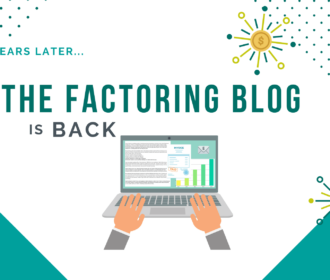In efforts to improve data quality and reduce cost, major U.S. healthcare companies have formed an alliance to trail blockchain solutions, a shared, digitized ledger that cannot be changed once a transaction has been recorded and verified.
The Synaptic Health Alliance group is made up of Humana, Muitiplan, Quest Diagnostics, Ascension, CVS Health-Aetna, United Healthcare and United Health Group’s Optum. According to the Centers for Medicare & Medicaid Services (CMS), almost half of the information stored on Medicare Advantage Organizations contains errors that cause issues in getting timely medical services and leads to fines.
The goal of the alliance is to reduce these problems through blockchain. Blockchain has the ability to keep medical and personal data more accurate through the system’s strong security and real-time tracking. Insurers are currently maintaining their own directories of providers which is a costly task. Insurers spend around $2 billion yearly to keep the information up to date. When directories aren’t maintained properly, they can cause delays and insurers can face fines from the CMS.
When information is correct, this causes issues for the healthcare providers, medical offices and more importantly, the patient. If healthcare organizations share provider information via blockchain, this could help solve the problem of misinformation and save money too. Simply put, blockchain has the ability to track where and a patient is and what procedures/test they’ve had done through a secure means.
The blockchain is evolving in the healthcare industry quickly. The implementation of blockchain can change the way the medical field operates for the better. Stay up to date with these changes through funding solutions like invoice factoring. Factoring provides agencies with the capital needed to recruit more workers, expand working quarters or whatever else your company needs to grow.







